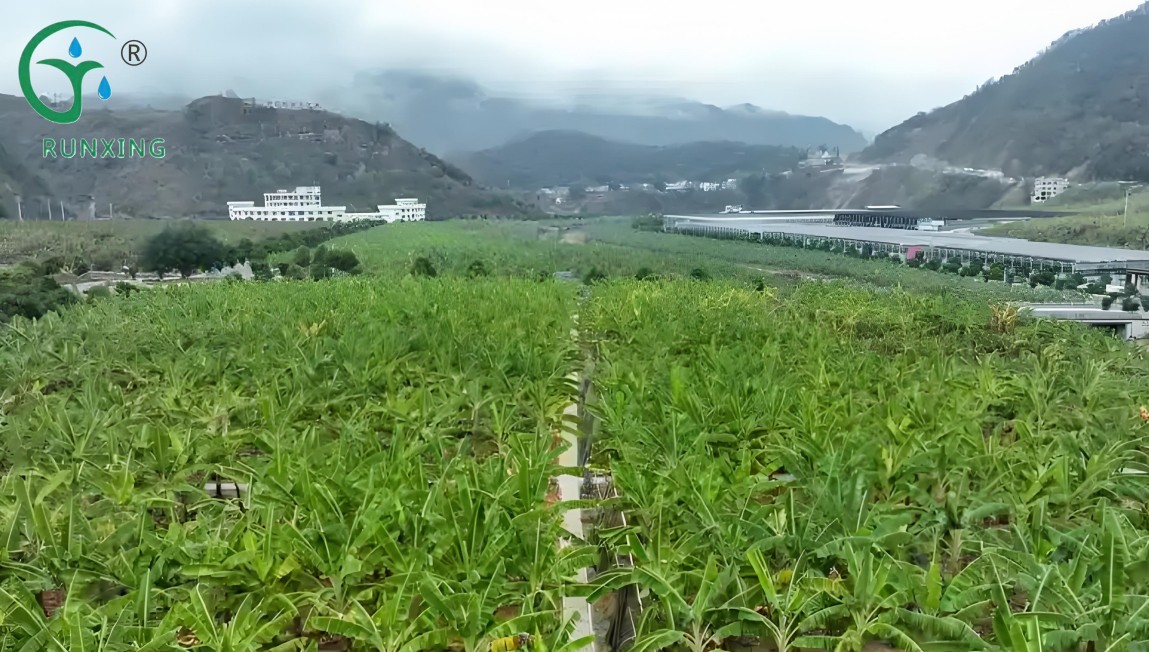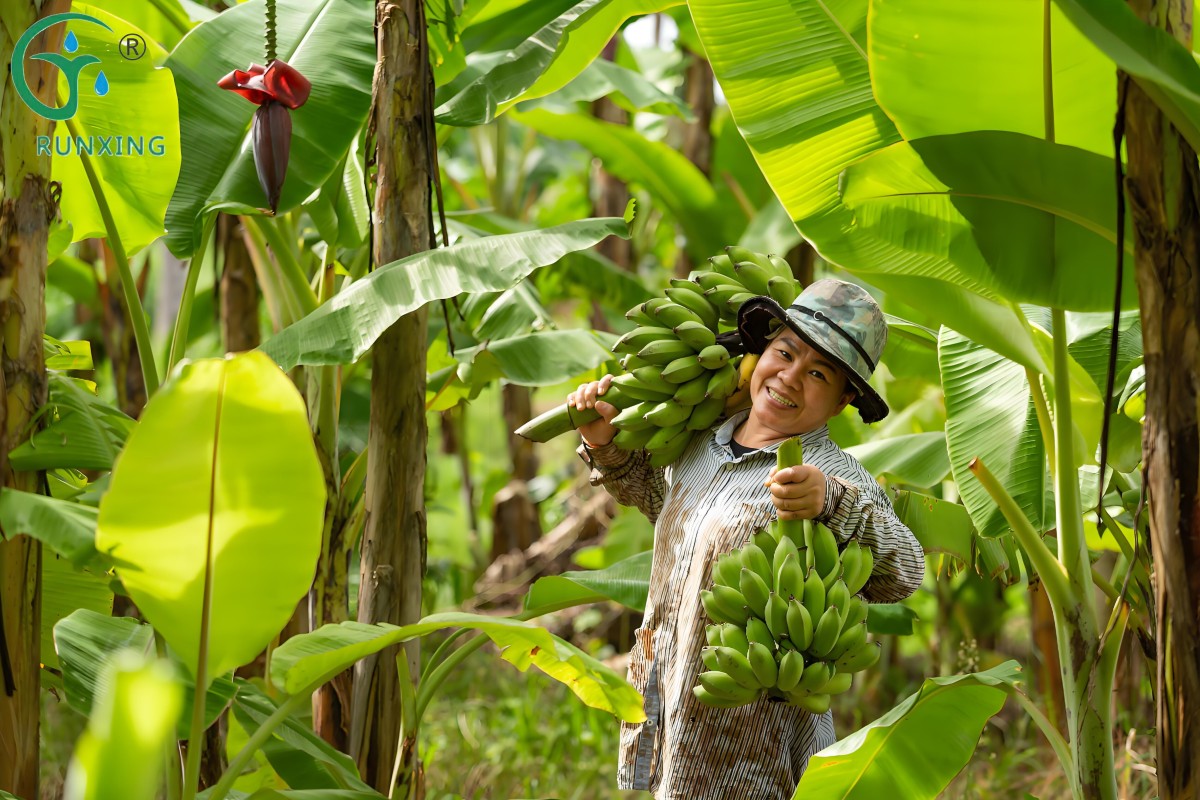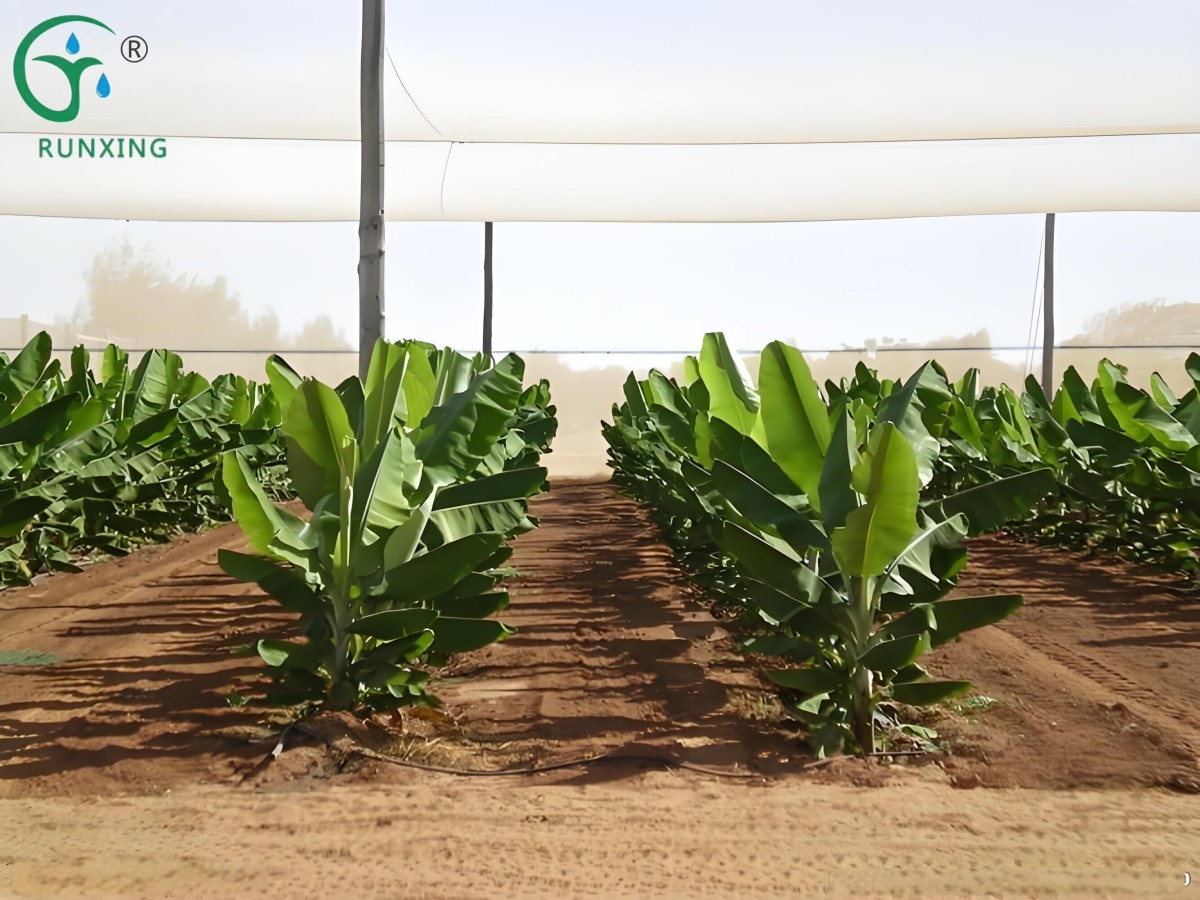Argentina Banana Cultivation and Drip Irrigation Facilities Guide
In tropical and subtropical regions like Argentina, bananas serve as a crucial economic crop. The management of water and nutrients during their cultivation is of utmost importance. Drip irrigation facilities, as an efficient and water-saving irrigation method, hold significant meaning for enhancing banana yield and quality.

I. Is Drip Irrigation Necessary for Banana Cultivation in Argentina?
The answer is yes. Most banana cultivation areas in Argentina receive abundant but unevenly distributed rainfall. Drip irrigation facilities can effectively address issues such as uneven irrigation, water wastage, and soil salinization. Through drip irrigation, water and nutrients can be directly delivered to the vicinity of banana roots, improving water and fertilizer utilization efficiency and promoting healthy banana growth.
II. What Drip Irrigation Equipment is Required?
The drip irrigation equipment needed for banana cultivation primarily includes:
Drip Tape: Used to deliver water and nutrients to the vicinity of banana roots, typically made of corrosion-resistant and abrasion-resistant materials.
Filter: Prevents impurities in water from clogging drippers, ensuring the normal operation of the irrigation system.
Fertilizer Injector: Mixes fertilizer with water and transports it to the vicinity of banana roots through the drip irrigation system, achieving integrated water and fertilizer management.
Water Pump and Pressurization Equipment: Provides sufficient water pressure to ensure the drip irrigation system operates normally.
Control System: Includes smart irrigation controllers, sensors, etc., used for real-time monitoring of soil moisture and banana growth status, enabling precise irrigation and fertilization.
III. How to Lay Out and Install Drip Irrigation Equipment?
The steps for laying out and installing drip irrigation equipment are as follows:
Planning and Layout: Based on the terrain, soil conditions, and water source location of the banana cultivation area, plan the layout of the drip irrigation system.
Digging Trenches: Excavate trenches for laying drip tape according to design requirements, ensuring trench depth, width, and slope meet installation standards.
Installing Pipelines: Install drip tape and main pipelines according to the planned layout, paying attention to sealing the pipeline connections tightly to prevent leakage.
Installing Filters: Install filters at the water source to prevent impurities from entering the drip irrigation system.
Installing Fertilizer Injectors: Connect the fertilizer injector to the drip irrigation system to ensure fertilizer can be uniformly mixed with water and transported to the vicinity of banana roots.
Commissioning and Operation: After installation, commission and operate the drip irrigation system to check if all parts are working properly, ensuring effective irrigation and fertilization.

IV. How Much Water is Needed and How to Control It?
Banana plants have a high demand for water during growth, but the specific amount of water required is influenced by various factors, such as banana variety, growth stage, climatic conditions, and soil conditions. Generally, water usage can be controlled through the following methods:
Real-Time Monitoring: Use soil moisture sensors to monitor soil moisture in real-time and conduct precise irrigation based on banana growth needs.
Smart Control: Employ smart irrigation controllers to automatically adjust irrigation time and water volume based on preset irrigation plans and soil moisture data.
Drip Irrigation Technology: Through drip irrigation technology, water is directly delivered to the vicinity of banana roots, reducing water evaporation and loss, and improving water utilization efficiency.
V. How to Better Cultivate Bananas?
Apart from adopting drip irrigation facilities, the following cultivation techniques can also improve banana yield and quality:
Variety Selection: Choose banana varieties suitable for the climate and soil conditions in Argentina to ensure healthy banana growth.
Soil Management: Strengthen soil improvement and fertilization efforts, enhancing soil fertility and air permeability to provide a good soil environment for banana growth.
Pest and Disease Control: Regularly conduct pest and disease control work, using a combination of biological and chemical methods to ensure bananas are not harmed during growth.
Reasonable Planting Density: Determine the planting density based on banana varieties and growth conditions to avoid nutrient wastage and yield decline due to excessive competition.
Timely Harvesting: Harvest bananas in a timely manner after they ripen to ensure superior fruit quality.

In summary, drip irrigation facilities are necessary for banana cultivation in Argentina to improve water and fertilizer utilization efficiency, yield, and quality. By selecting appropriate drip irrigation equipment, scientifically laying out and installing it, precisely controlling water usage, and adopting cultivation techniques, high-yield and high-quality banana cultivation can be achieved.
If you have any needs, please contact us.
About Us
We are dedicated to offering innovative, water-saving, and labor-saving irrigation solutions for agriculture worldwide. Our focus on quality and continuous innovation drives the development and progress of the industr
LOGO
This stunning beach house property is a true oasis, nestled in a serene coastal community with direct access to the beach.
Opening Hours
Monday - Friday : 9AM to 5PM
Sunday: Closed
Closed during holidays
Contact
+18888888888
hezuo@eyingbao.com123 West Street, Melbourne Victoria 3000 Australia
